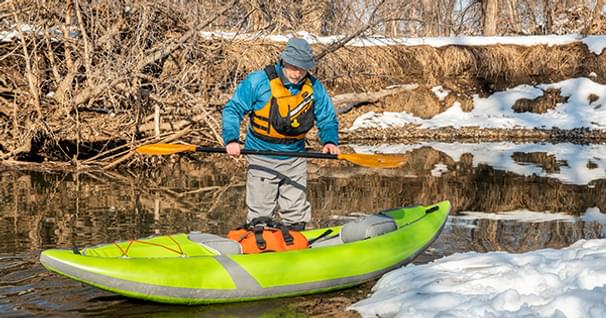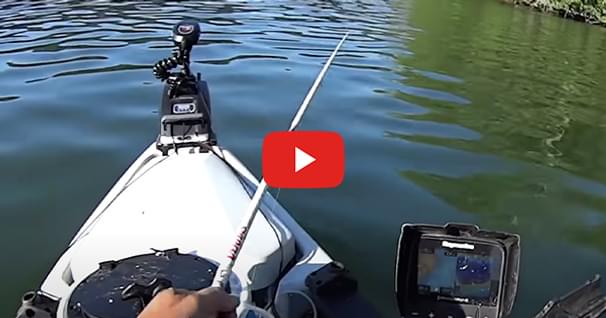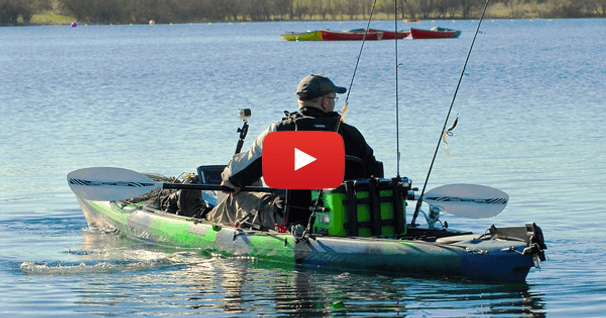Towing - Sea Kayak Rescue Techniques
Towing can't always be considered a rescue technique. Sometimes you'll give someone a tow if they're getting tired, or as a safety precaution while crossing an open stretch. Towing is also a great way to deal with an injured or seasick paddler.
Whatever the situation, as the rescuer, you have a lot of towing options to choose from.
First off, you need to decide on a tow line to buy. All tow-lines should have a carbineer on the end, for clipping them on and a quick release buckle that let's you break free with a simple flick of your wrist. The leash portion of a tow system can be short or long. Short ones (around 5 to 10 feet) are called cow-tails and are better for quick and short use. Longer leashes are usually around 30 to 45 feet and are better for towing over long distances.
There are many different ways to use a tow line. But we don't have time to cover all of them, so here are some of our favorites:
The in-line tow is the most basic towing system. It simply involves the tow boat, clipping onto the bow of the boat to be towed. You'll want to use a tow line with some stretch, like a cow-tail and the boat being towed should be far enough behind, so its bow won't bump into the tow boat. You can also add a second tow boat to the front of the line, for additional speed and power.
A contact tow, is a great fast tow for short distances, such as getting clear of surf zones. The paddler to be towed, grabs a hold of the rescuer's foredeck and leans on it for stability. The beauty of this tow is the speed in which you can start towing and the fact that you don't need specialized equipment to do it.
If you find yourself having to tow a swimmer, the best way to do it, is to have them climb up on to the stern of the boat and grab your waist or the cock pit combing. They'll then press their chest hard against the deck to keep their center of gravity as low as possible, which makes the kayak the most stable. This technique works so well because it keeps the swimmer out of the water, which makes towing easiest and keeps the swimmer the warmest.
Whatever tow you use, keep in mind that the conditions that made it necessary can also make it very dangerous, especially in rough seas or current, where getting tangled in that line is a real concern. That's why you should practice all the different towing techniques, in a controlled environment and only bring out the tow line when it is really necessary.
Related Articles
Flexibility is always a good topic of discussion when it comes to kayaking. Depending on our style of…
Kayak Catfish does some trolling with crappie magnets to catch some catfish bait.
How many of you have ever heard that paddle craft (vessels under oars according to the Navigation Rules)…
More times than not, the reason you aren't catching big fish is not because you aren't doing enough…



